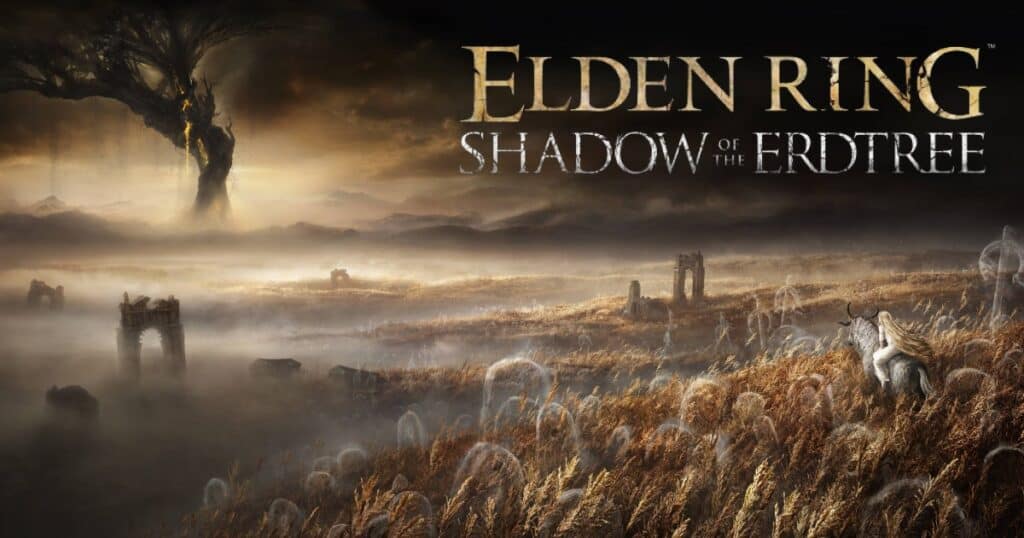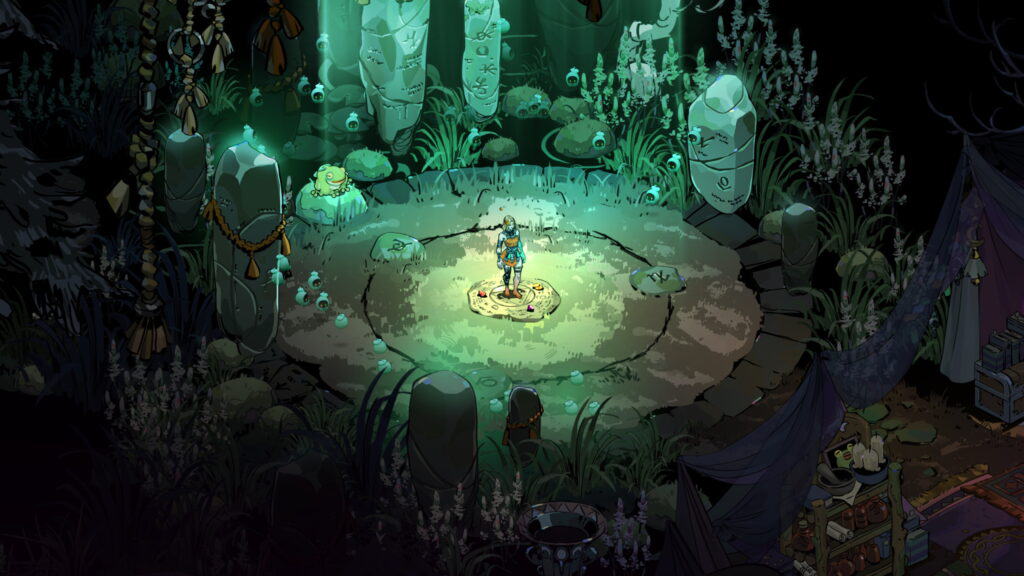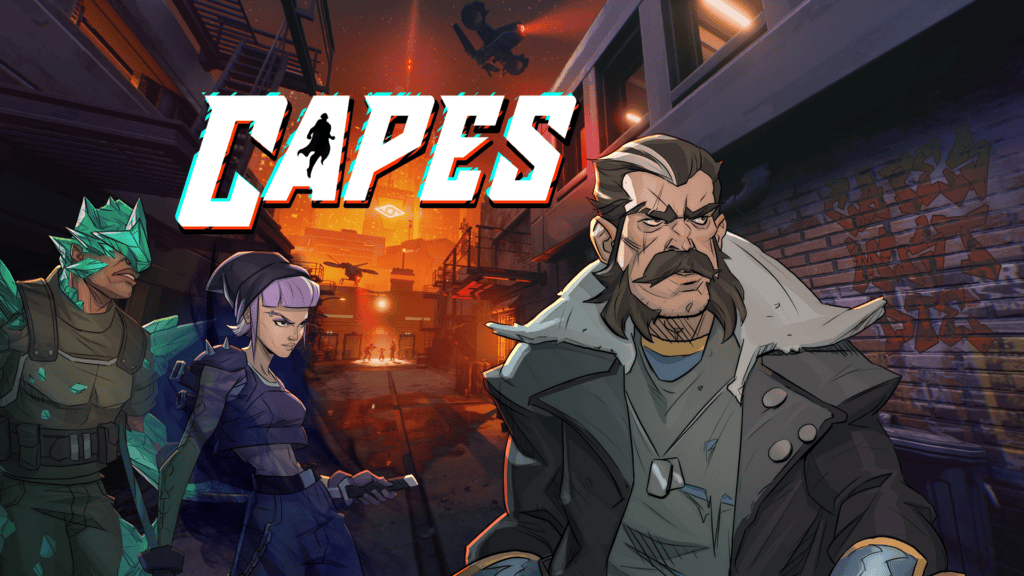First things first. After I watched the launch trailer for Tinykin, my heart skipped a beat. Finally! I thought, a new Pikmin clone! But it didn’t take me long to realise that actually- it wasn’t. It is, however, undoubtedly heavily inspired by Pikmin.
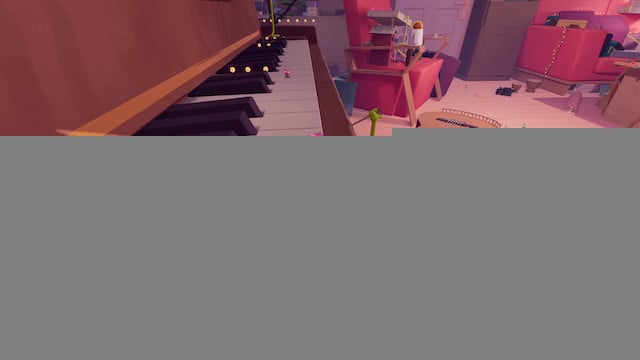
So, Tinykin wasn’t what I expected, but I had an absolute blast with it.
Pikmin isn’t the only game that Tinykin takes a whole bunch of inspiration from. There is so much “stolen” from the Psychonauts.
Instead of a psychic ball to facilitate the traversing of locations through Psychonauts, in Tinykin, you have a slippery bar of soap- meaning you can slip, slide and grind on almost any ledge or edge scattered across the house. A soapy bubble to hold you in the air as you float across the scenery- not too dissimilar to the PK bubble used to float around the map in the Psychonauts game series. And as a huge fan of said series, it was nice having a familiar movement system.
The other side of the Tinykin coin is another of my childhood favourites- the aforementioned Pikmin. Throughout the game, you command an army of cute little Tinykin, each with their own special abilities. Red Tinykin can explode, smashing obstacles that may be in your way. Blue Pikmi… I mean, Tinykin can be used to carry an electric charge across the map, helping unlock doors, raise platforms or finally getting that disco ball spinning.

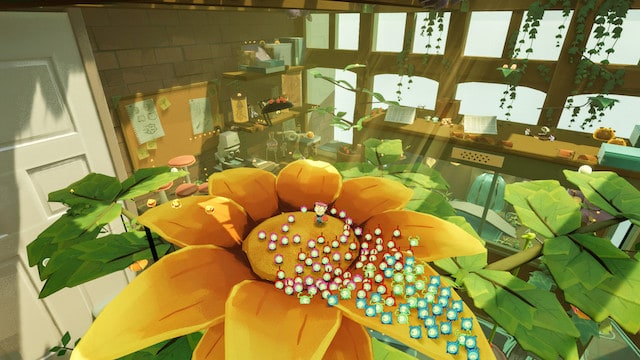
Green Tinykin you can use to create ladders, helping you climb up to just out reach places, or even get enough height to finally leap across gaps and gorges you couldn’t quite make before. Strangely enough, these guys were my favorite. With the extra height they give you access to, it really opens up the maps- not just allowing you to reach higher ledges, but entire new areas within the rooms.
There are a tonne of puzzles to play with throughout Tinykin and with the whole new ranges of motion, it becomes more and more engaging as you progress. Some puzzles can even be solved by leaping across the terrain and working “backwards”, unlocking the shortcuts and zip lines that help you speed across the map.
As with Pikmin, the Tinykin you collect throughout follow you around. You can use them to carry and move objects that are far too large for little Milo, Tinykin’s Protagonist, to contend with. This is yet another instance in which the two games mirror each other. I mean, the game even makes a whistling noise when you re-call your Tinykin to your location. And lastly- the Pink Tinykin are dedicated to carrying and lifting and can lug around the heavy ship parts you’ve been collecting along the way, because- well, that’s what you had your Pikmin do to help rebuild your ship, so why mess with the formula?
Admittedly, the platforming does separate this from a Pikmin clone, and it does it well. The controls feel pretty tight and satisfying when you’re not fighting with the aiming system trying to line up those damn blue Tinykin.
Exploring the house is a real treat, too. VHS tapes, cassettes and boxey CRTs are littered around. The nineties nostalgia really sets the scene here. The story of Tinykin takes place back in ’91 where tiny Milo has arrived on earth only to find that he’s far too small. Ants, beetles and other creepy crawlies are the humourous inhabitants of the house of which Milo has to assist.
Each level of the game are different rooms of the house and are littered with a bunch of collectables for you to find. Exploratory platforming, hundreds of hidden secrets and tight controls all stitched together in a charming and humorous package. You’ll be grinding, climbing and skating all over the house, looking for those pesky little secrets. And there are so many hidden secrets. This game is a short and sweet classic collect-a-thon.




